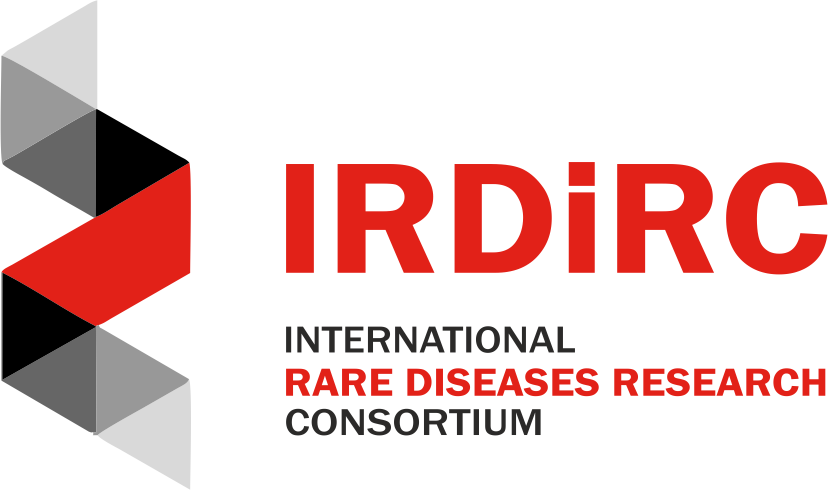Art by Davide Bonazzi www.davidebonazzi.com
Introduction
This project will identify key criteria that would make rare disease research more attractive to industry for research and development. In order for industry to initiate or continue research into rare diseases, it must overcome barriers specific to the nature of rare disease research. We expect that certain minimum conditions must be fulfilled and that these will be both financial and non-financial.
Funders of rare disease research have a double effect of meeting their own goals as well as reducing the barriers to further research. This may be via natural history studies, patient registries, epidemiology studies or by reducing the risks of investment.
The Chrysalis project seeks to explore these barriers, as well as the criteria for investment into rare disease research and development, by serving as a link between industry, funders and advocates.
Objectives
The Chrysalis Project aims to (1) identify the key criteria that determine the attractiveness of rare disease research to industry; (2) identify gaps in the current funding opportunity landscape to develop the criteria identified in #1; and (3) identify other non-financial barriers related to the attractiveness of meeting the criteria identified in #1.
Plans and Timeline
- Formation of task force with interested members of the Constituent and Scientific Committees; open call for expression of interests for external experts (Q1 2020).
- Virtual meetings and in-person meetings to develop the process for achieving the stated goals (Q2 2020 – Q2 2021).
- Development and execution of a survey process for CCC Constituent members to identify the key criteria (Q4 2020 – Q2 2021).
- Survey analysis followed by design and execution of interviews (Q2-Q3 2021)
- Identification of funding opportunity gaps involving the key criteria (Q3 2021).
- Publication and dissemination of results (the release of the publication will be announced soon/2022)
Members (20)
- Annemieke Aartsma-Rus – Dutch Center for RNA Therapeutics, Leiden, The Netherlands
- Diego Ardigo – Chiesi Farmaceutici S.p.A., Italy
- Jennifer Austin – International Alliance of Dermatology Patient Organizations (Globalskin), USA
- Juan Bueren – Research Centre for Energy, Environment and Technology (CIEMAT), Spain
- Cristina De Min – SOBI, Switzerland
- Nicholas Ekow Thomford – University of Cape Coast, South Africa
- Simon Frost – Tiber Capital Group, USA
- Misako Hamamura – Takeda, Japan
- Adam Hartman (Co-Chair) – National Institute of Neurological Disorders and Stroke at NIH, USA
- Katherine Beaverson (Co-Chair) – Pfizer, USA
- Jane Larkindale – PepGen, USA
- Gregory LaRosa, Gregory – Pfizer, USA
- Eileen Li – CORD, China
- Rita Magenheim – BioNTech, Germany
- Annamaria Merico – Fondazione Telethon, Italy
- Marjon Pasmooij – Medicines Evaluation Board of the Netherlands, The Netherlands
- Vinciane Pirard – Orchard Therapeutics, Belgium
- Jayden Rodgers – Linear Clinical Research, Australia
- Annalisa Trama – Istituto Nazionale dei Tumori (National Cancer Institute), Italy
- Michihiko Wada – Keio University, Japan
Publication
The IRDiRC Chrysalis Task Force: making rare disease research attractive to companies. Access the publication here.


